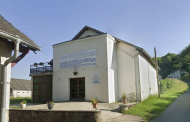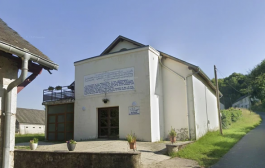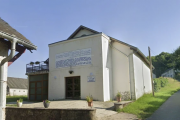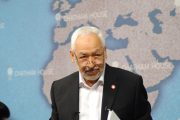Mustafa Kamel
With instructions from Tehran, Iran’s militias have begun to reposition in Syria, withdrawing from their forward station points to the main centers, in addition to replacing Afghan fighters with local Syrian fighters recruited in mid-March. This confirms that the tactical withdrawal of the militias has come as a result of Iran’s economic crisis in the wake of the Covid-19 corona virus pandemic and the previously reinstated US sanctions.
Tactical withdrawal
Tehran’s tactical withdrawal strategy has involved moving its terrorist militias, including the Fatemiyoun Brigade and the 313 Division, from their concentrations in southern Deir Ezzor and the city of Al-Mayadeen to the main headquarters located in the city of Palmyra, while others moved to their main centers in the Sayyeda Zaynab neighborhood south of Damascus.
The handover of these Iranian sites and checkpoints in Deir Ezzor came under the supervision of Russian military forces. The Syrian Qatirji militia, led by Bakara tribal leader Fawaz Al-Bashir, took over these stations from the Quds Force, in an inhabited strip adjacent to the Euphrates that starts from Deir Ezzor and heads east towards the Iraqi border. About 70 km of the strip was handed over, while another 70 km remains under the control of Iranian militias, especially in Al-Bukamal, where the process of exchanging is still ongoing.
Since mid-March, Iran has been keen on recruiting Syrians and spreading Shiism among them in light of the international media’s current preoccupation with the agreement between Turkey and Russia regarding northern Syria. Iran has been secretly mobilizing forces by attracting Syrian youth fleeing pursuit by the Syrian security services over compulsory service, as well as due to the deterioration of living conditions and the lack of employment opportunities. These recruitment operations were focused in a number of areas where the Iranian militias are deployed in the area from Al-Mayadeen to Al-Bukamal in the eastern countryside of Deir Ezzor.
The Iranian militias stationed in Syria have begun to alter their ranks by replacing Afghan fighters from the Fatemiyoun Brigade and 313 Division with local Syrian fighters recruited by Iran. The Afghan fighters were transported in civilian buses without weapons and replaced with the local Syrians mainly in response to Iran’s worsening economic conditions due to the corona pandemic and the previously reinstated US sanctions against the mullah regime and its terrorist arms.







































admin in: How the Muslim Brotherhood betrayed Saudi Arabia?
Great article with insight ...
https://www.viagrapascherfr.com/achat-sildenafil-pfizer-tarif/ in: Cross-region cooperation between anti-terrorism agencies needed
Hello there, just became aware of your blog through Google, and found ...